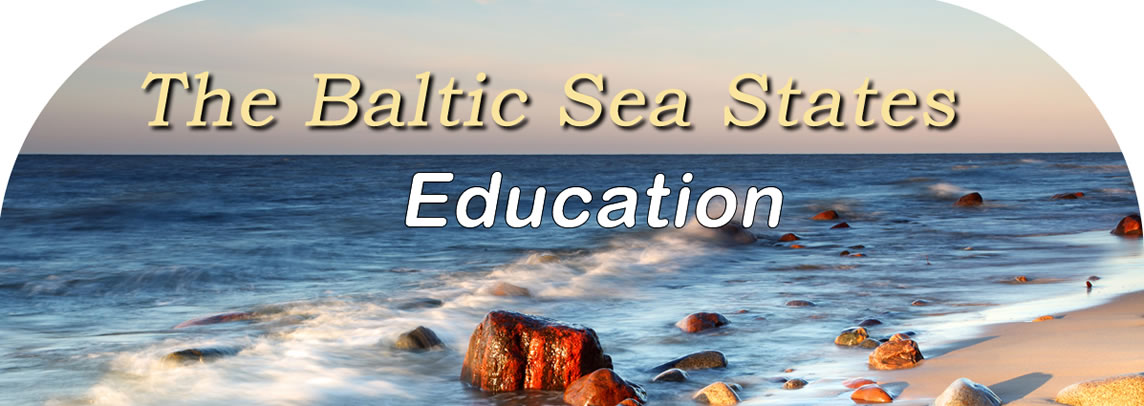
Educational Policies in Finland Over the past 40 years, Finland has built a very reputable education system, one that is known as one of the best in the world. In Finnish society education is seen as an end in itself. The key words in Finland's education policy are quality, efficiency, equity, and internationalization. There are very small differences between schools, and quality teaching and professionalism are emphasized, rather than standardized testing. The basic right to education and culture is written in the country's Constitution, with equal opportunities secured for every resident to get education and develop themselves, irrespective of their financial standing. The key document of the Finnish education policy is the Education and Research Development Plan, which is adopted by the government every four years and directs the implementation of the education and research policy goals. Covering all forms of education from early childhood to adult education and research conducted in universities, The Development Plan currently holds a focus on the alleviation of poverty, inequality and exclusion, stabilizing economy and cultivating sustainable economic growth, employment, and competitiveness. The first steps for Finland's education reform were taken in the
mid-to-late 1960s. During the old system most students left public
school after six years and only the privileged or propitious
received a quality education. After World War II the country was
scarred by deep divisions and a major debt owed to Russia. In 1963,
public education was chosen as Finland's best shot at economic
recovery. Public schools were organized by the comprehensive model,
with one system of schools for ages 7 to 16. In the 1970s the
preparation and selection of teachers was completely transformed.
This included the standard that every teacher had a masters degree
and went through the same high quality preparation and training. © Baltic21.org 2013, All Rights Reserved |
